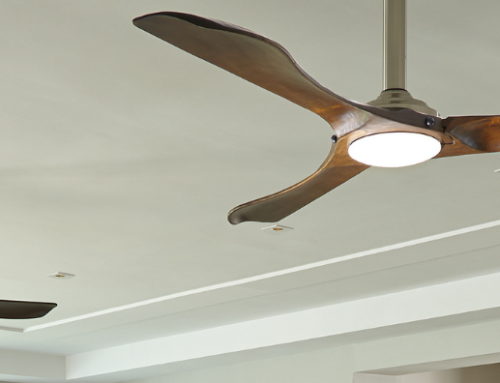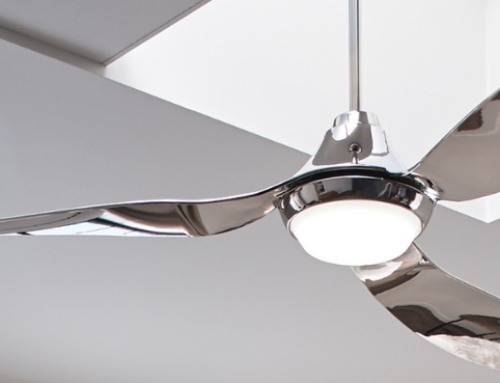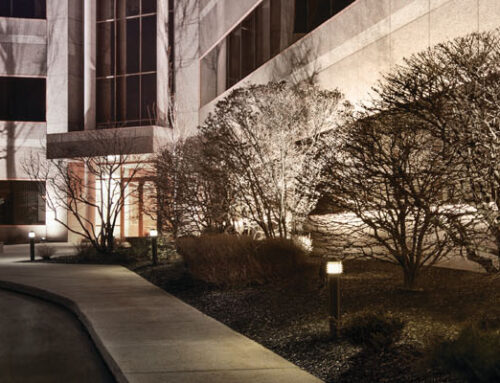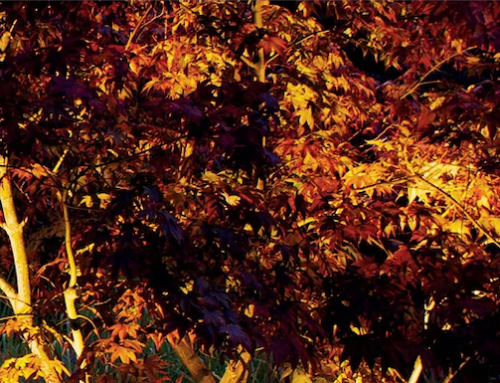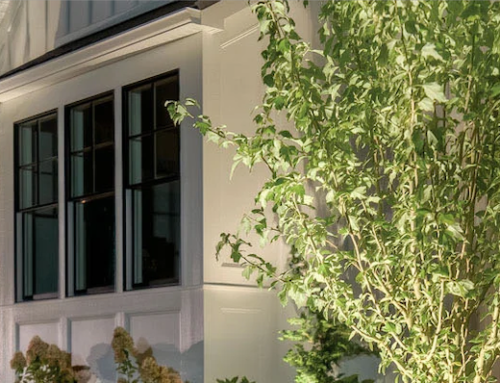Beginning January 1, 2011, light bulb manufacturers were required to meet new efficiency standards to save energy. The standard, passed by Congress and signed by President George W. Bush, became effective nationwide January 1, 2012.
What does this mean for you? Basically, the new efficiency standards foretell the end of incandescent light bulbs as we know them. Incandescent bulbs actually “burn” a filament to create light. The burning of the filament results in a huge amount of heat loss that all of us have experienced as burned fingertips when we accidentally touch a light bulb that has been on for a while. That heat is wasted energy. We pay for it every day with higher electricity bills and higher home cooling costs.
LED (Light Emitting Diodes) are solid state semi-conductors that emit light when an electrical charge passes through them. These light sources have proven to be up to 10x more efficient than a standard incandescent bulb and twice as efficient as compact fluorescent bulbs. LED bulbs last 12x longer than incandescent bulbs and 5x longer than CFLs. As more people buy LEDs and more manufacturers tool up to manufacture and market them, prices have been coming down fast. Quality LED retrofit recessed lights and replacement bulbs are now under $50 Factor in the that the life expectancy for an LED bulb is around 25,000 hours vs 2000 hours for an incandescent bulb and the big cost difference in powering these bulbs and you can see why the writing is on the wall.
LED replacement bulbs are now being manufactured for all types of lighting from outdoor landscape lighting to replacement fluorescent tubes. LED under cabinet lighting solves over heating in confined spaces. And LED’s ease of application makes it a designer’s best friend. They can be used underwater, programmed with different colors, and are even available on flexible ribbon for ease of installation and in confined places.
As more manufacturers embrace LED, there will be a plethora of new lighting designs that become possible. Check out our web site regularly for the most innovative lighting designs.
Tips on buying LED lights
- Replace the most frequently used incandescent lights in your home first. Because LED lights are expensive up front, they make more financial sense when used to replace incandescent lights that burn for at least eight hours a day.
- Remember, you don’t need a 60 watt rated lamp – since they generate 10x the light as an incandescent, you can get away with a 7 watt rated LED light source for a lamp. LED lights are best for lamps, recessed lighting, down lighting and other directional lights. A 7-watt light has a narrow beam angle (60 degrees), so it’s useful for more dynamic lighting applications such as recessed lights in a restaurant, or lighting products in a museum. A 10-watt light has a much wider beam (100 degrees) and works well in desk lamps, room lights and up lights that bounce lights off the ceiling to light a room.
- Should you wait for a light bulb to burn out before replacing it? No. It makes more financial and environmental sense to throw away an incandescent light bulb now and replace it with an energy efficient LED light than to wait for the light to burn out before changing it. Remember, LEDs use about 1/10th the electricity. The incandescent bulb is going to burn out sooner or later and end up in landfill eventually, so you’re not creating any additional waste by tossing the light now and switching to a more efficient light immediately.
Find the best LED lighting solutions from Springfield Electric Lighting & Design for all the rooms in your home, or for your outdoor lighting needs.




